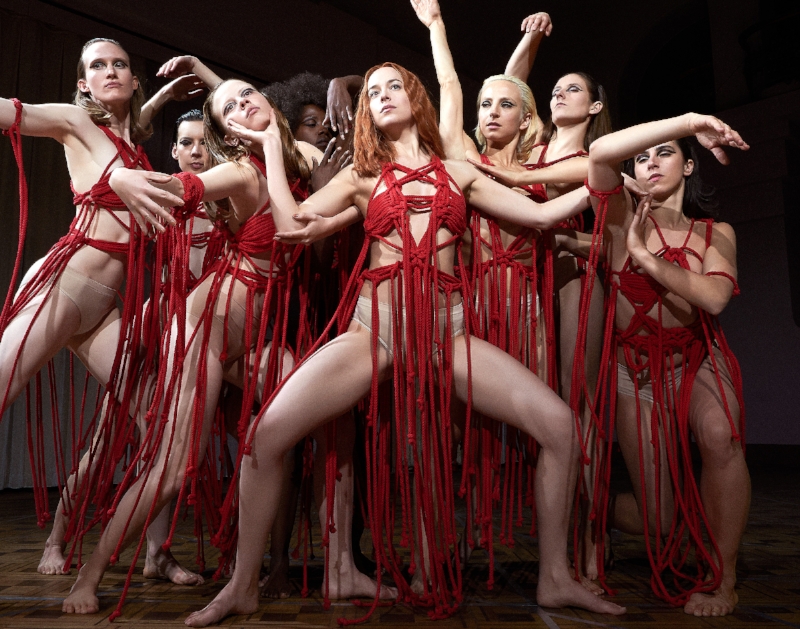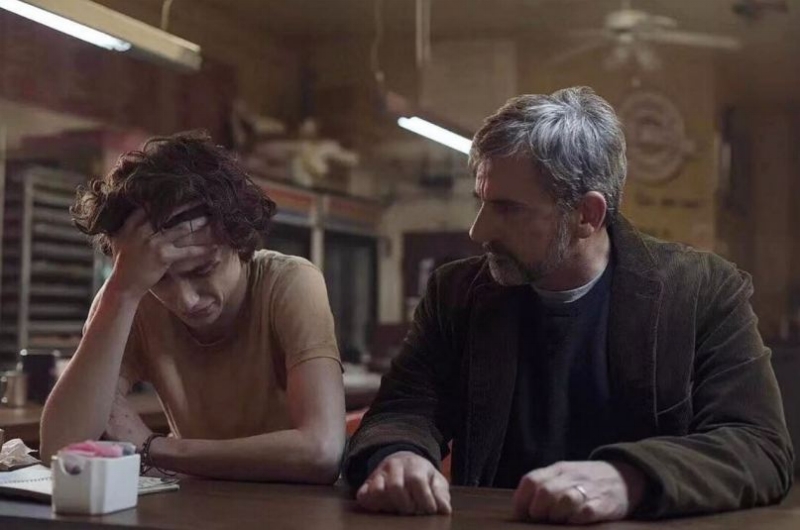CAN YOU EVER FORGIVE ME?
Directing: A-
Acting: A
Writing: A-
Cinematography: B+
Editing: A-
It’s difficult even to pretend to be objective when it comes to the film Will You Ever Forgive Me? It’s very meaningful to me personally, as a gay man, observing the drastic change in attitudes over the course of my own life.
The irony — and it’s one of many when it comes to this movie — is that this movie places no particularly great focus on the sexuality of its characters. But the incidental nature of Lee Israel (a stellar Melissa McCarthy) being a lesbian and of Jack Hock (an excellent Richard E. Grant) being a gay man is precisely the point. Years ago, I said many times this was exactly what I wanted: a movie whose main characters just happened to be gay, but that had nothing particularly to do with the story being told.
And here I am putting arguably undue emphasis on it. Well, I can promise you this: the more movies like this get made, the less compelled I will be to call attention to it. But right now, particularly in the current cultural climate, it’s heartening. It feels like progress.
Of course, there is the easy counter to such statements: that these parts should be played by actors who are themselves gay. And there are certainly compelling arguments for that. But I would argue, that does not take away from the performances here, both the leads of which are worthy of Academy Award nominations. It doesn’t hurt to see Jane Curtain appear in a smaller supporting role either, as Israel’s publisher. She’s barely recognizable, but also great.
In fact, Can You Ever Forgive Me? is the kind of movie whose greatness increasingly reveals itself the more you contemplate the execution of its nuances of detail. Every single minute, every frame of this movie has an air of authenticity to it, the feeling like these are people and places that exist in the real world, the world we actually live in. That is a rare feat for any motion picture.
The story itself is certainly unique. Lee Isreal, a by now a largely forgotten writer once on the best-seller list with biographies, is far behind on her bills until she turns things around by forging personal letters by famous writers. Book stores and collectors paid hundreds, sometimes thousands for such letters. And this actually happened. It occurred to me to wonder: how much might an original Lee Israel forged-letter go for today? I would consider paying for one myself. And what delicious irony is that!
Israel managed to make money off those letters herself, even after making money off of them illegitimately: she wrote a memoir about the experience, with the same title as this film, which is based on it. She passed away at the age of 75 in 2014, and this is how her legacy lives on.
Melissa McCarthy more than does her justice. McCarthy tends to be great in everything she’s in, even the many rather bad movies she’s done, and Can You Ever Forgive Me? is plainly the best of her films, and the best performance she has ever given. Never before has she ever so completely disappeared into a character.
She easily holds her own opposite Richard E. Grant, with whom McCarthy has a great, if somewhat surprising, chemistry. Even their friendship rings true onscreen, a rare reflection of the highs and lows of true, yet flawed, close friendship. There comes a moment of tragic betrayal, but it still doesn’t nullify what was seen before — the kind of things that made me think, That is a good friend.
The depiction of Israel’s relationships all around — with her friend, with her ex-partner, a woman she dates, even her publisher and the book store owners she sells to — gives her a meticulous sense of dimension. This is not much of a surprise coming from director Marielle Heller, who previously directed the excellent Diary of a Teenage Girl (2015). This is a woman with a deep understanding not just of entertainment, but of effective storytelling. She’s given us films that stay with you well after you leave the theatre, for very specific, unique reasons.
Can You Ever Forgive Me? presents its audience with characters who range from abrasive to literally criminal, yet are unavoidably compelling, even fun. It shows them doing terrible things and refuses to pass judgment — it leaves that up to the viewer. The script has wit to match that of Lee Israel herself, and is given depth by on-location shoots in places such as the real-life Manhattan bar Israel actually spent a lot of time at in the early nineties, or the many New York book stores she visits. It’s a role unusually low-key for Melissa McCarthy, but she is perfectly cast. (That’s not to say she’s never offered effectively dramatic performances before: she was also great in 2014’s St. Vincent.)
Nearly everything about Can You Ever Forgive Me? seems better in retrospect, upon further inspection. Its like how well-constructed and executed it is sneaks up on you after the fact. There is nothing splashy about it, and it’s easy to see how it could mean more to a cinephile like myself than to perhaps some other people. But anyone who bothers to give it their attention will not be disappointed.
This could be the start of a criminal friendship.
Overall: A-










